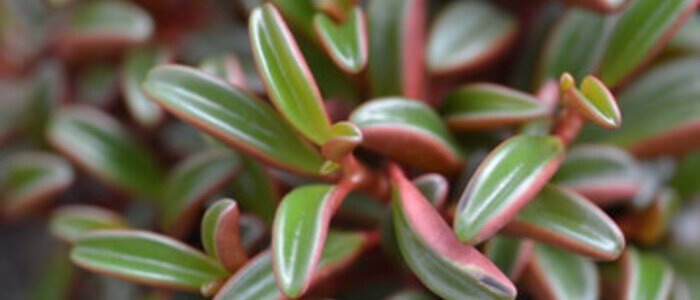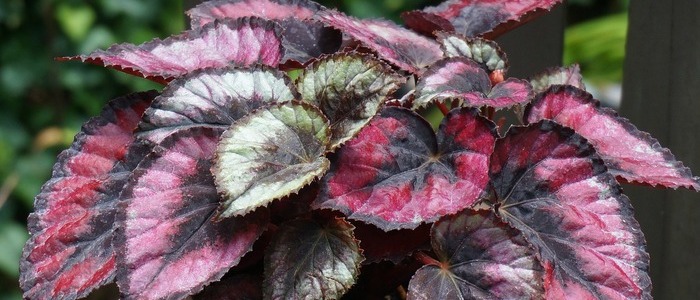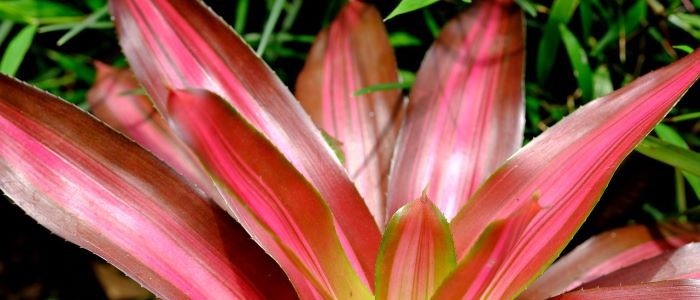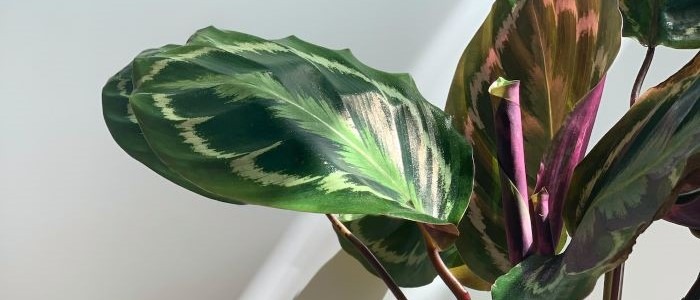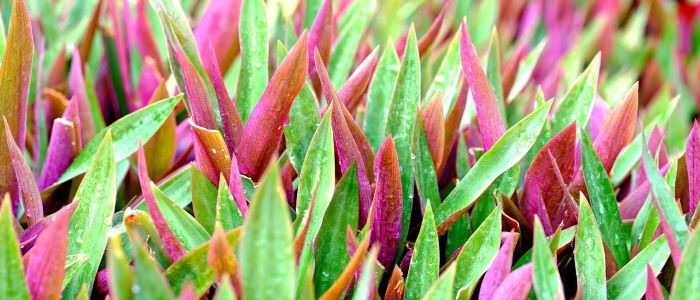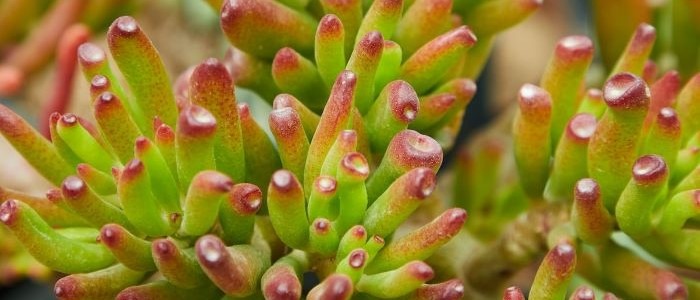The Croton plant rank among the most popular choice for houseplants due to its vibrant and colorful foliage. They are native to tropical regions and thrive in warm, humid environments. While they require some specific care, such as regular watering and bright, indirect light, croton plants can be a great addition to any indoor space.
In this article, we will explore the benefits and drawbacks of growing croton plants as houseplants, as well as tips for keeping them healthy and vibrant.
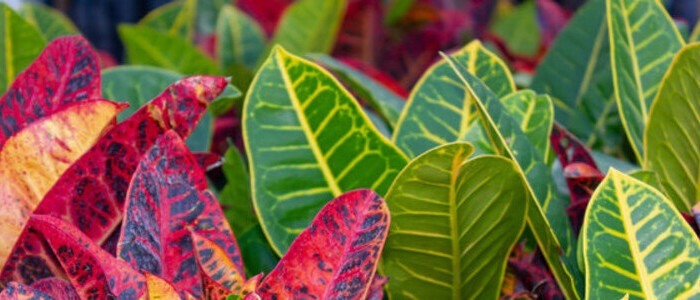
Croton Plant Frequently Asked Questions
How often should I water Croton?
The watering needs of croton plants also vary depending on the species and environmental conditions. In general, croton plants prefer moist soil but can be susceptible to root rot if overwatered. It is important to allow the soil to dry out slightly between waterings and to avoid getting water on the leaves, as this can cause leaf drop and other issues.
Are croton plants hard to grow?
Croton plants can be a bit finicky and require some extra care compared to other houseplants, but they are not necessarily difficult to grow. As long as you provide the right amount of sunlight and water, and make sure the humidity levels are adequate, your croton plant should thrive.
How to Care for the Croton Plant
The Croton plant, with its vibrant foliage, make stunning houseplants that can bring a pop of color to any room. However, they require proper care to thrive. Here are some tips on how to care for your Croton plants:
First, it’s important to keep your croton plants in a well-lit area, as they require bright, indirect sunlight to grow. Direct sunlight can scorch their leaves, so placing them near a window with a sheer curtain is ideal.
Additionally, croton plants prefer warm temperatures, so keeping them in a room that stays between 60-85 degrees Fahrenheit is best.
Be sure to also keep the soil consistently moist, but not overly watered, as croton plants are sensitive to both drought and overwatering. To maintain the moisture level of the soil, it’s recommended to water your Croton plant once a week or when the top inch of the soil feels dry to the touch. You can also mist the leaves with water to increase the humidity around the plant.
Fertilizing your Croton plant every two to three months with a balanced fertilizer can also help promote healthy growth. In addition to these care tips, it’s important to keep an eye out for any signs of pests or diseases. Common pests that can affect Croton plants include spider mites and mealybugs, which can be treated with insecticidal soap.
If you notice any yellowing or browning of the leaves, it could be a sign of a fungal or bacterial infection, which may require pruning or treatment with a fungicide you notice any yellowing or browning of the leaves, it could be a sign of a fungal or bacterial infection, which may require pruning or treatment with a fungicide.
Regularly inspecting your Croton plant and addressing any issues promptly can help keep it healthy and thriving.
Propagation of the Croton Plant
The propagation of your croton plant can be done through stem cuttings. To do this, you will need a healthy Croton plant with mature stems that have at least two nodes. To propagate your croton through stem cuttings, you will need a sharp, sterile pair of pruning shears, a rooting hormone, and a well-draining potting mix.
Choose a healthy stem that is at least 6 inches long and has several leaves. Cut the stem at a 45-degree angle just below a node, which is where the leaves attach to the stem.
Remove any leaves from the bottom 2 inches of the stem, and dip the cut end into the rooting hormone. Plant the cutting in the potting mix, making sure the bottom 2 inches are buried. Water the cutting and place it in a warm, bright area, but out of direct sunlight. Keep the soil moist and within a few weeks, roots should begin to form. Once the cutting has rooted, you can transplant it into a larger pot or into your garden.
It’s important to note that crotons prefer to be slightly root-bound, so don’t be too quick to transplant them into a larger pot. Wait until the roots have filled the current pot and the plant has outgrown it. When transplanting, be sure to use a well-draining potting mix and a container with drainage holes to prevent waterlogging.
Crotons also prefer to be kept in a warm and humid environment, so consider using a humidifier or placing a tray of water near the plant to increase humidity.
Tips for Pruning the Croton Plant
Pruning the Croton plant is essential to keeping them healthy and promoting growth. The process involves removing dead or damaged leaves and stems, as well as any branches that are crossing or rubbing against each other. It is recommended to prune Croton plants in the spring or summer, using sharp and clean pruning shears.
Pruning can also help control the size and shape of the plant, and encourage the development of new shoots. Before starting, it is important to identify any areas of the plant that need attention and to have a plan in place for how much you want to prune. Additionally, it is important to sterilize your pruning tools before and after each use to prevent the spread of disease.
Overall, regular pruning is a simple but effective way to maintain the health and beauty of your Croton plant.
Common Problems Known to Affect the Croton Plant
Like most plants, there are some common problems associated with the croton plant. One of the most common issues is overwatering. Croton plants prefer well-draining soil and can be sensitive to waterlogged roots. It’s important to let the top inch of soil dry out before watering again. Another issue is low humidity. Croton plants thrive in humid environments, so if the air in your home is dry, it may be beneficial to use a humidifier or mist the plant occasionally.
Additionally, croton plants can be susceptible to pests such as mealybugs and spider mites. Regularly inspecting the leaves and stems for any signs of infestation and treating them promptly can help prevent the spread of these pests. In some cases, pruning the affected areas may also be necessary.
Another problem that can arise with croton plants is leaf drop. This can be caused by a variety of factors, including changes in temperature, lighting, and humidity levels. To prevent leaf drop, it’s important to maintain a consistent environment for your Croton plant and avoid sudden changes in its growing conditions.
Overall, while croton plants can be prone to certain issues, with proper care and attention, they can make a beautiful and vibrant addition to any home or garden.
Conclusion
In conclusion, the croton plant require a bit more effort than some other houseplants. They may not be the best choice for those who are not willing to put in the time and effort to care for them properly.
However, with proper care and attention, these multi-colored plants can be a beautiful and vibrant addition to any home garden, adding a pop of color and texture to any décor.
Other Multi-color Houseplants


